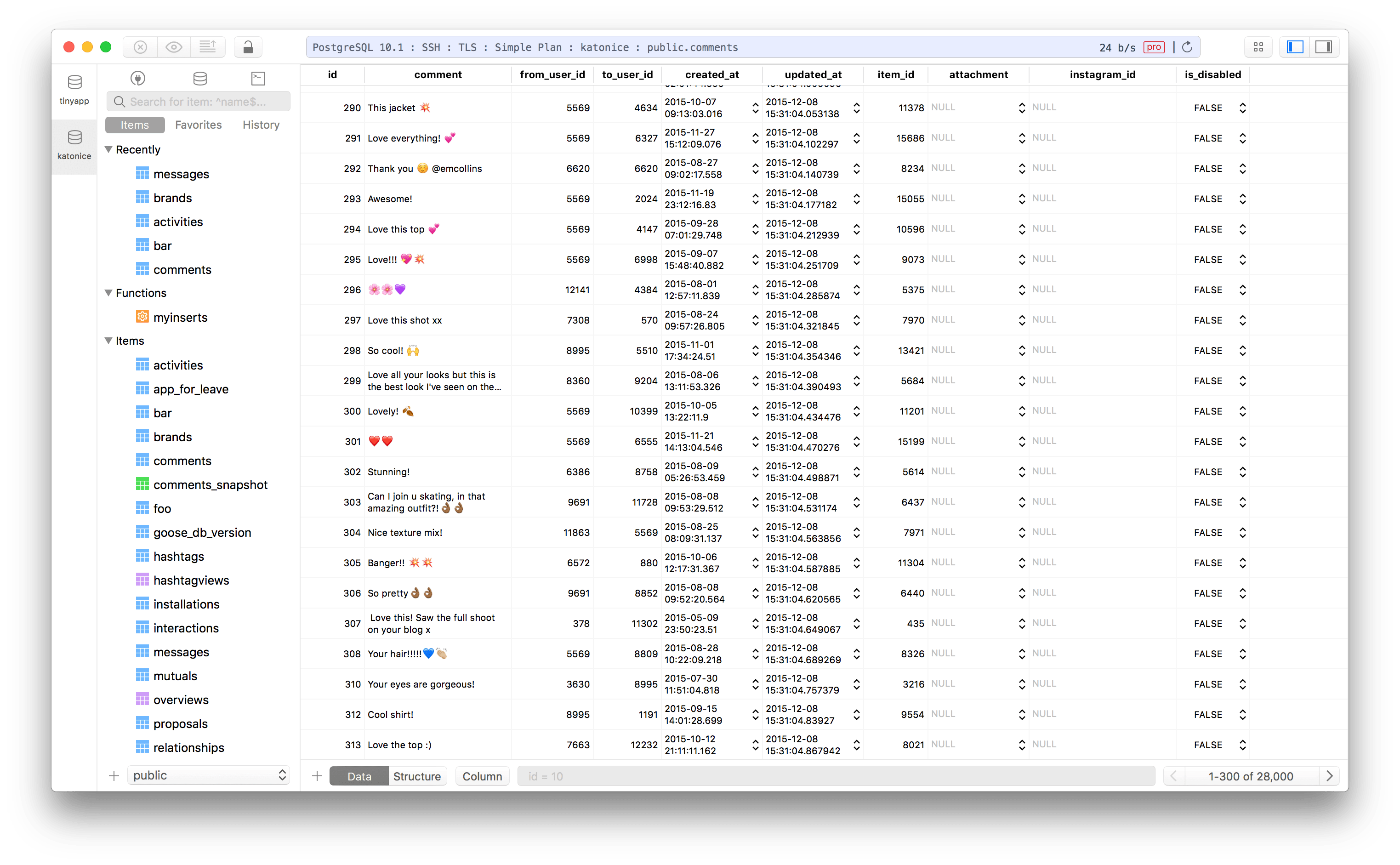

Start postgresql and use a log file pg_ctl -D /usr/local/var/postgres -l /usr/local/var/postgres/server. Stop postgresql: pg_ctl -D /usr/local/var/postgres stop -s -m fast Here are a few more commands that you can find useful: To quit psql, type the following command: \qīy now, you should have a working postgresql server with PostGIS support enabled. Let’s check if we have PostGIS support: SELECT PostGIS_Version() To enable PostGIS, execute the following command: CREATE EXTENSION postgis If everything goes well, we should see the psql command prompt: We’ll use the psql command line utility to connect to the database that we’ve just created: psql postgis_test Let’s call it postgis_test createdb postgis_test If that’s a fresh installation, we need to initialize the database cluster: initdb /usr/local/var/postgres Let’s check if postgres is running: export PGDATA='/usr/local/var/postgres' pg_ctl status I would love to see a broader comparison between the 4800U and the M1 in various application-oriented benchmark situations, including PostgreSQL. Select the User or System DSN that you previously configured and click OK. Start with the basics and learn about advanced features of PostgreSQL as you go along. Just connect to a database and begin working with tables and views. Postico will look familiar to anyone who has used a Mac before.

Navigate to the data ribbon and select New Database Query From Database. Postico provides an easy to use interface, making Postgres more accessible for newcomers and specialists alike. You are now connected to your Postgres database. Follow the prompts to enter your Postgres instances hostname, database, username, and password. In the command palette, select Create Connection Profile. Open Microsoft Excel and open a spreadsheet (new or existing). Open the Command Palette (Ctrl + Shift + P). In the example below, the Applications folder is in grid view mode. Anandtechs early M1 benchmarks, which included the 4800U, hinted at much closer competition there, but IIRC they only benchmarked CineBench or something, so it was just one use case. You can use the DSN configured above to access PostgreSQL data from Microsoft Excel. Double-click Docker.app in the Applications folder to start Docker. Double-click Docker.dmg to open the installer, then drag the Docker icon to the Applications folder.
#POSTGRESQL FOR MAC M1 INSTALL#
In the terminal, run: pg_ctl -D /usr/local/var/postgres start Install and run Docker Desktop on Mac Install interactively. To Start the server, we will use the command line utility pg_ctl. Once again, homebrew will inform us about the progress: To install PostgreSQL open the terminal and run the following command: brew install postgresīy default the postgresql server will be installed under: /usr/local/var/postgresīack in the terminal run: brew install postgis We’ll use Homebrew to install the required packages, so make sure you have Homebrew installed on your system.
#POSTGRESQL FOR MAC M1 MAC OS#
In this tutorial, we will see how to install PostGIS on Mac OS X. It is at the core of CartoDB and plays nicely with QGIS, Tilemill / Mapbox Studio and GDAL. PostGIS can handle large amounts of data. PostGISis a powerful extension to the PostgreSQL database that adds support for geometry types and geospatial functions such as point, line, polygon, distance, area, union, intersection, etc.


 0 kommentar(er)
0 kommentar(er)
